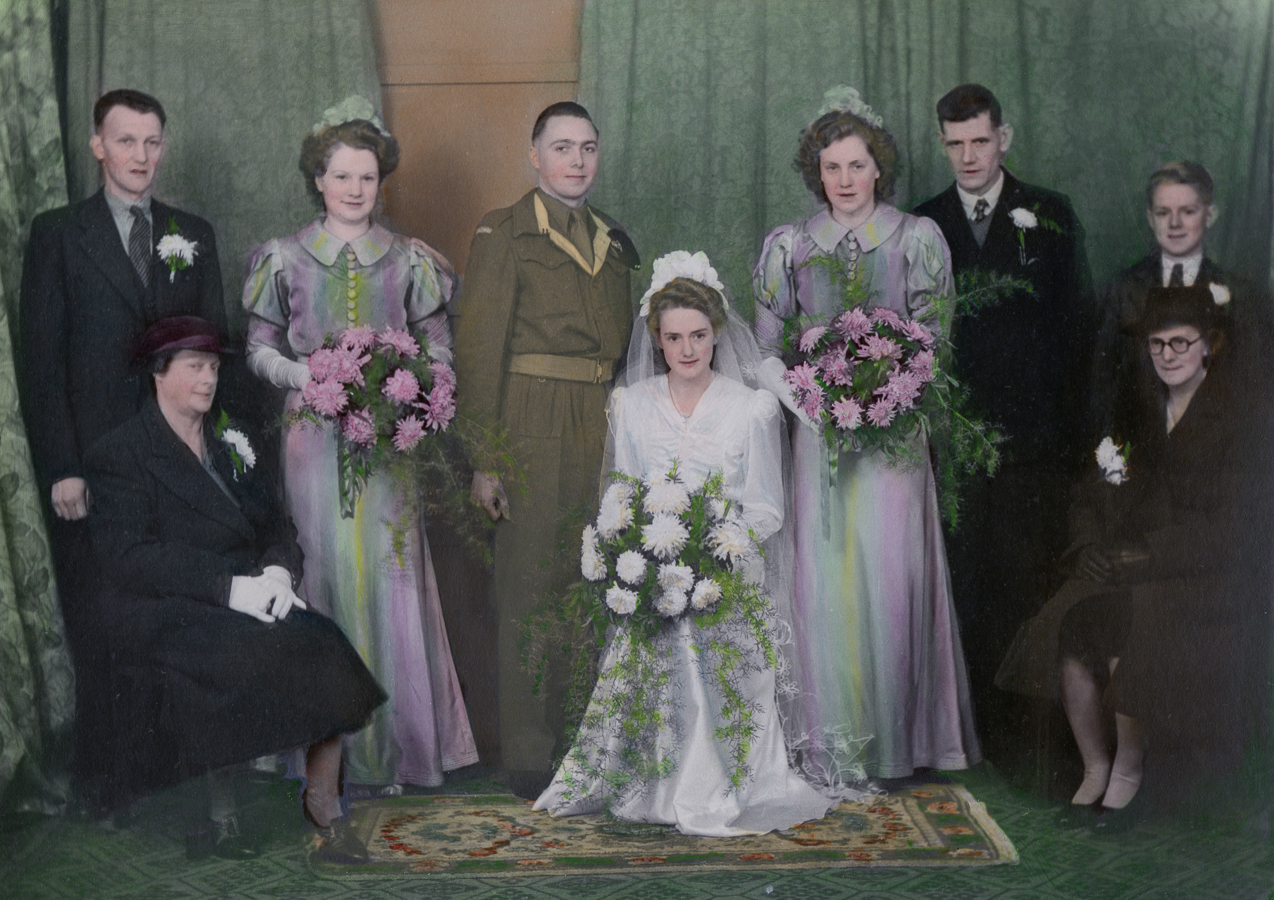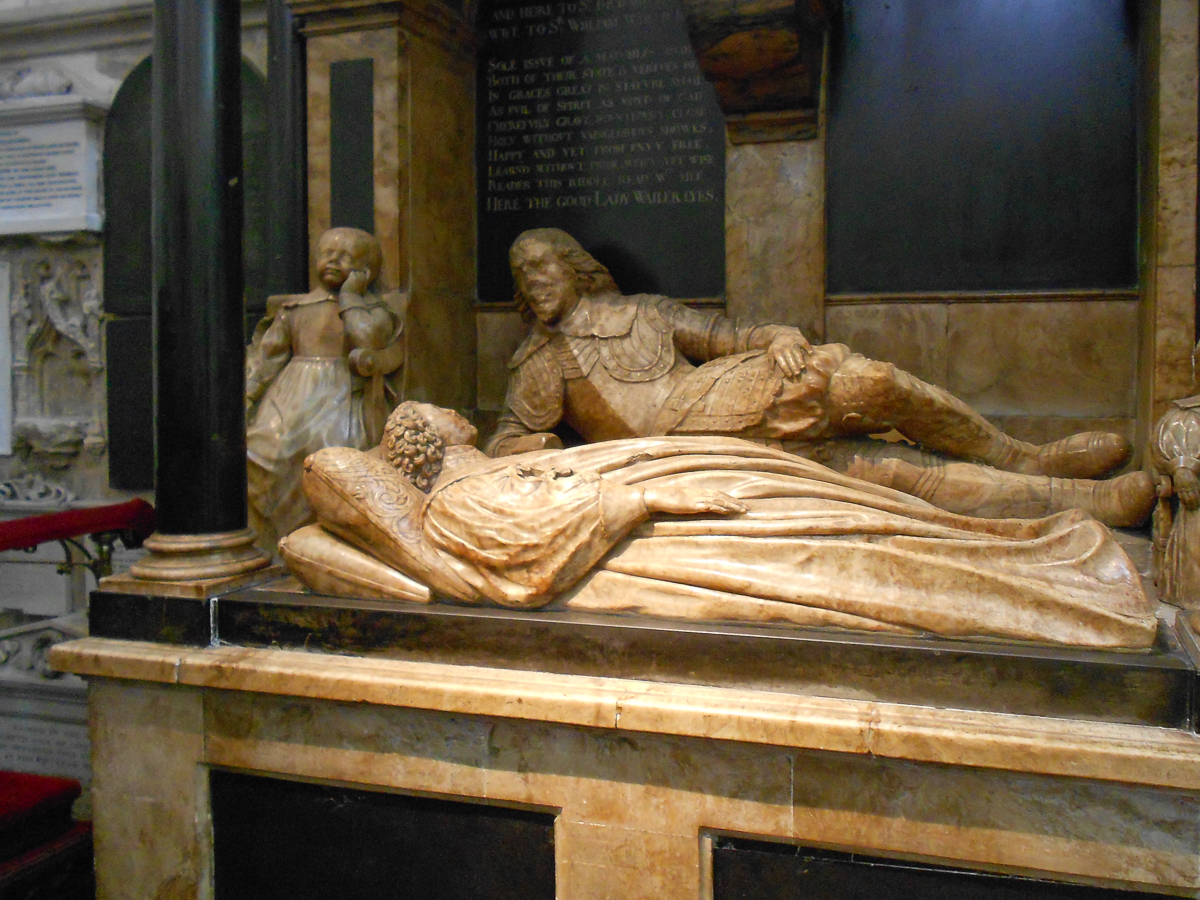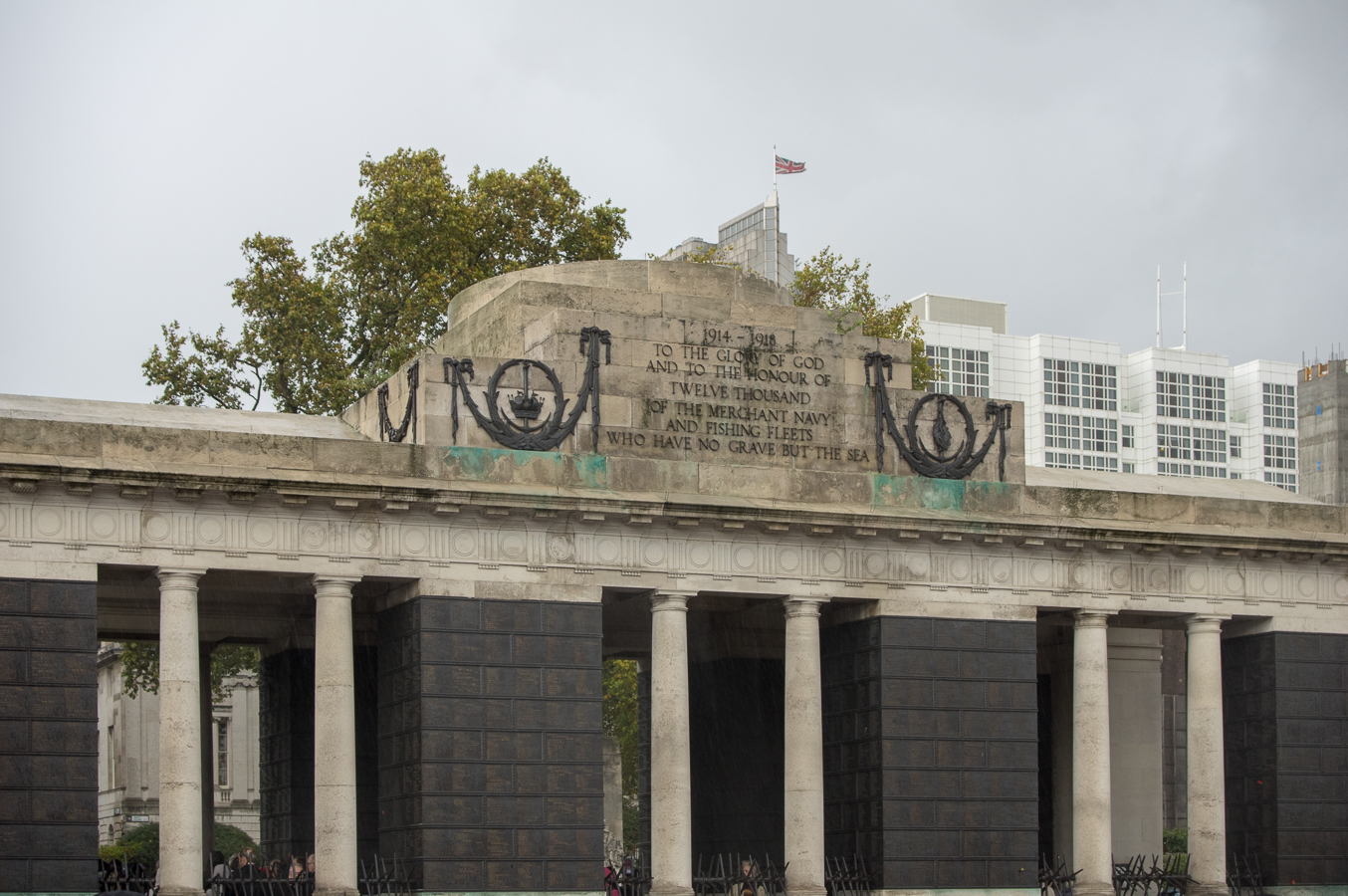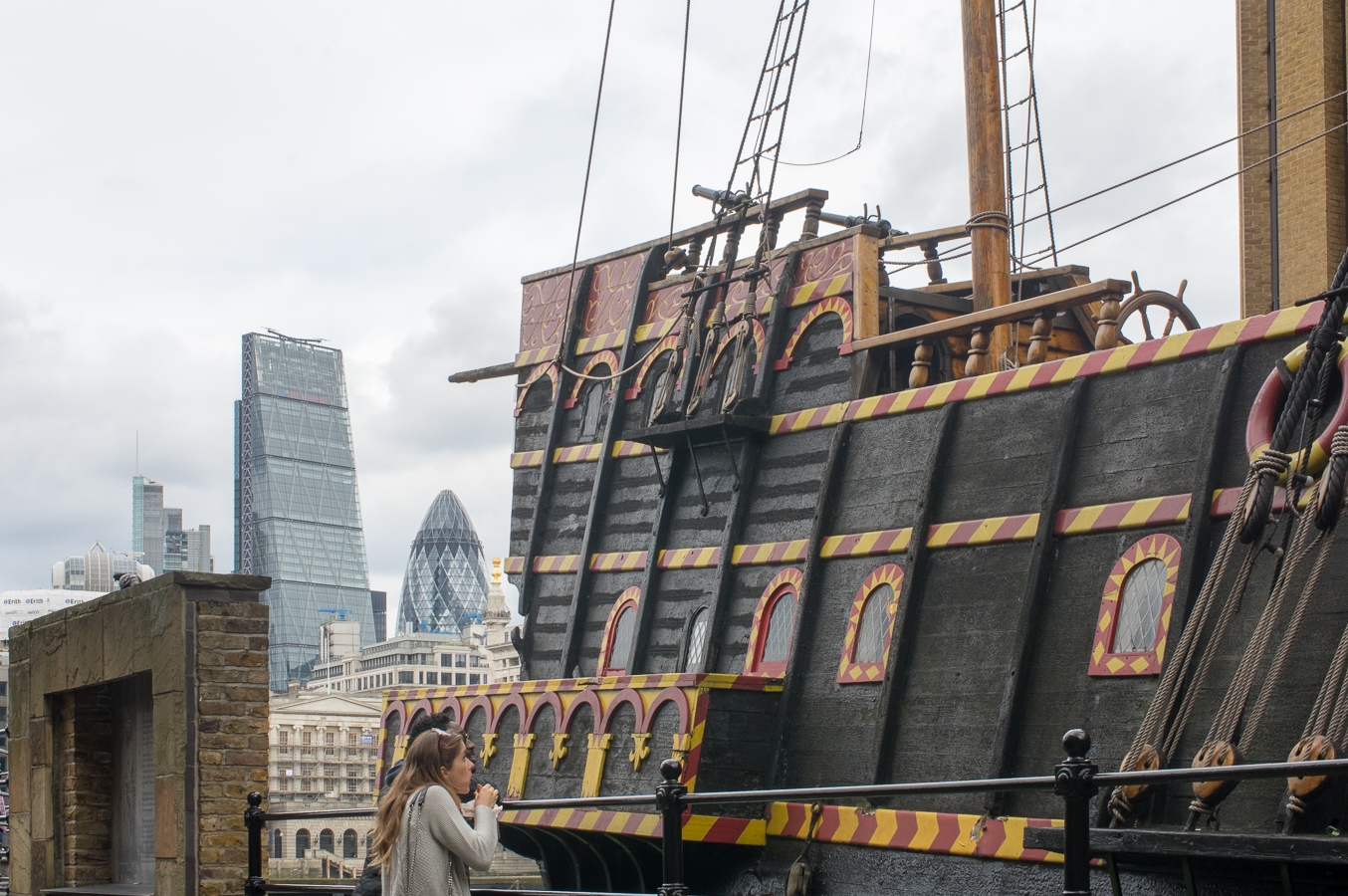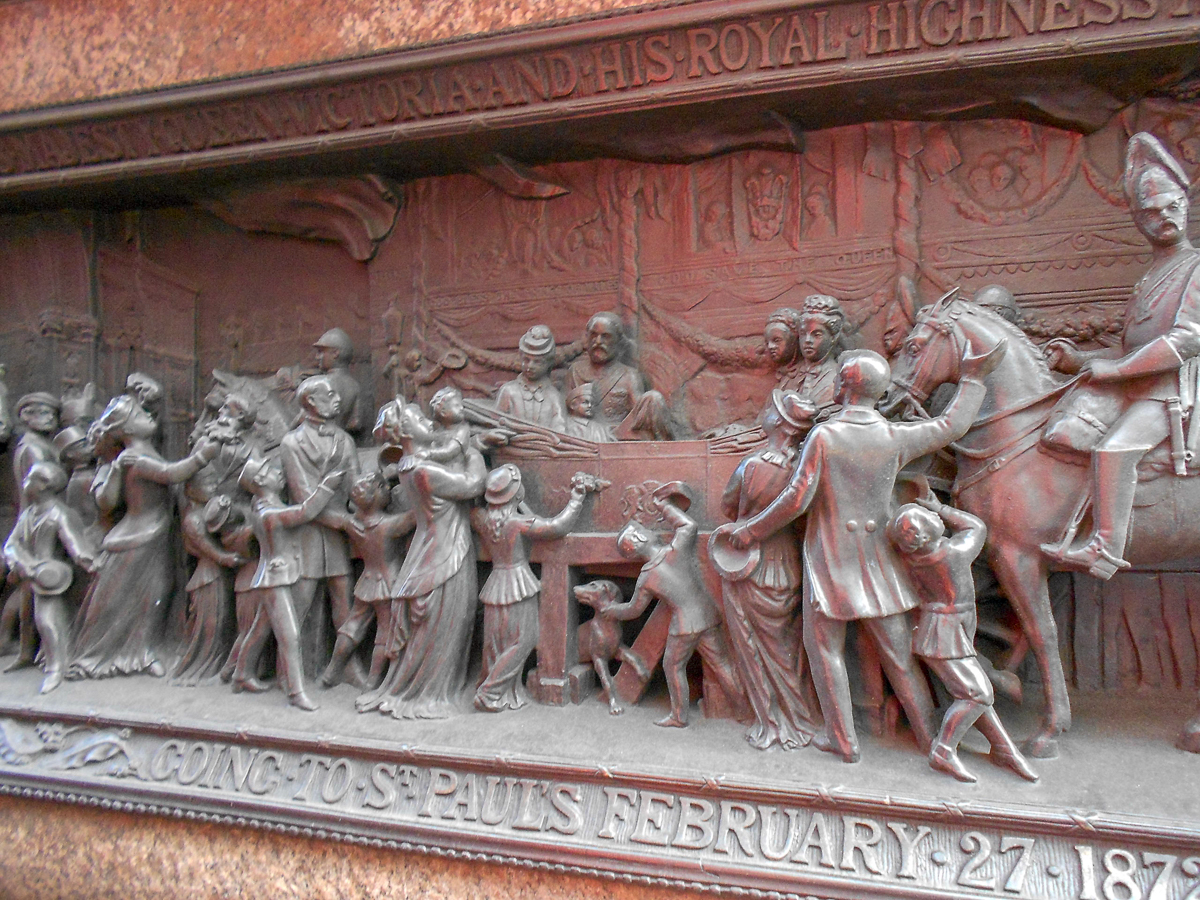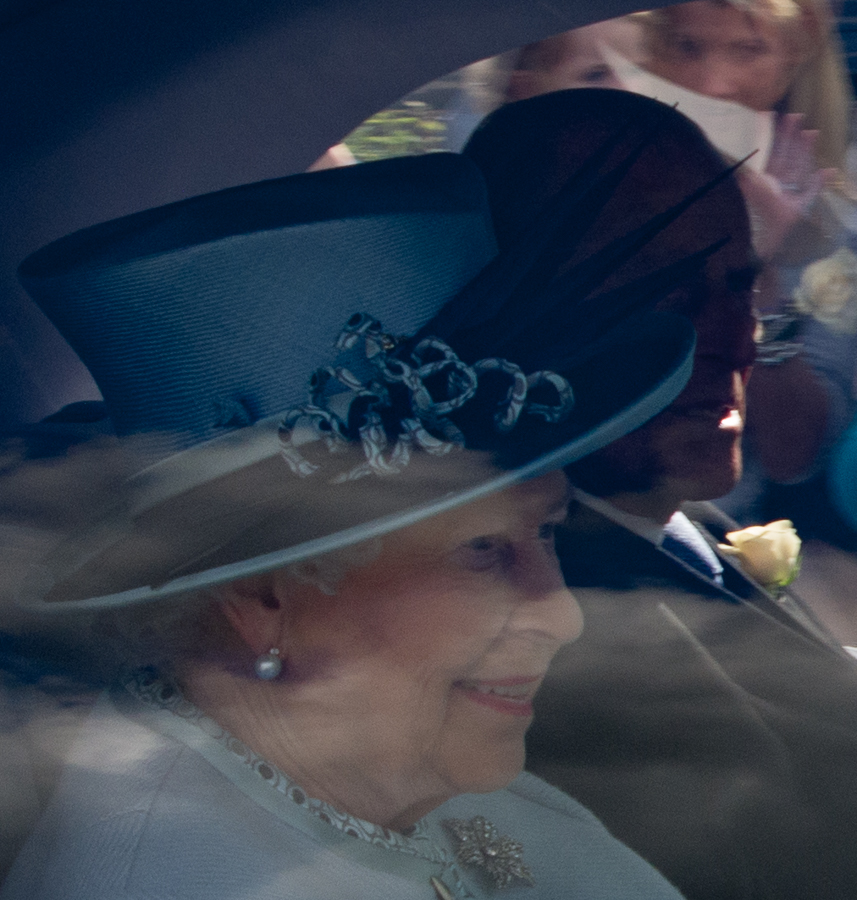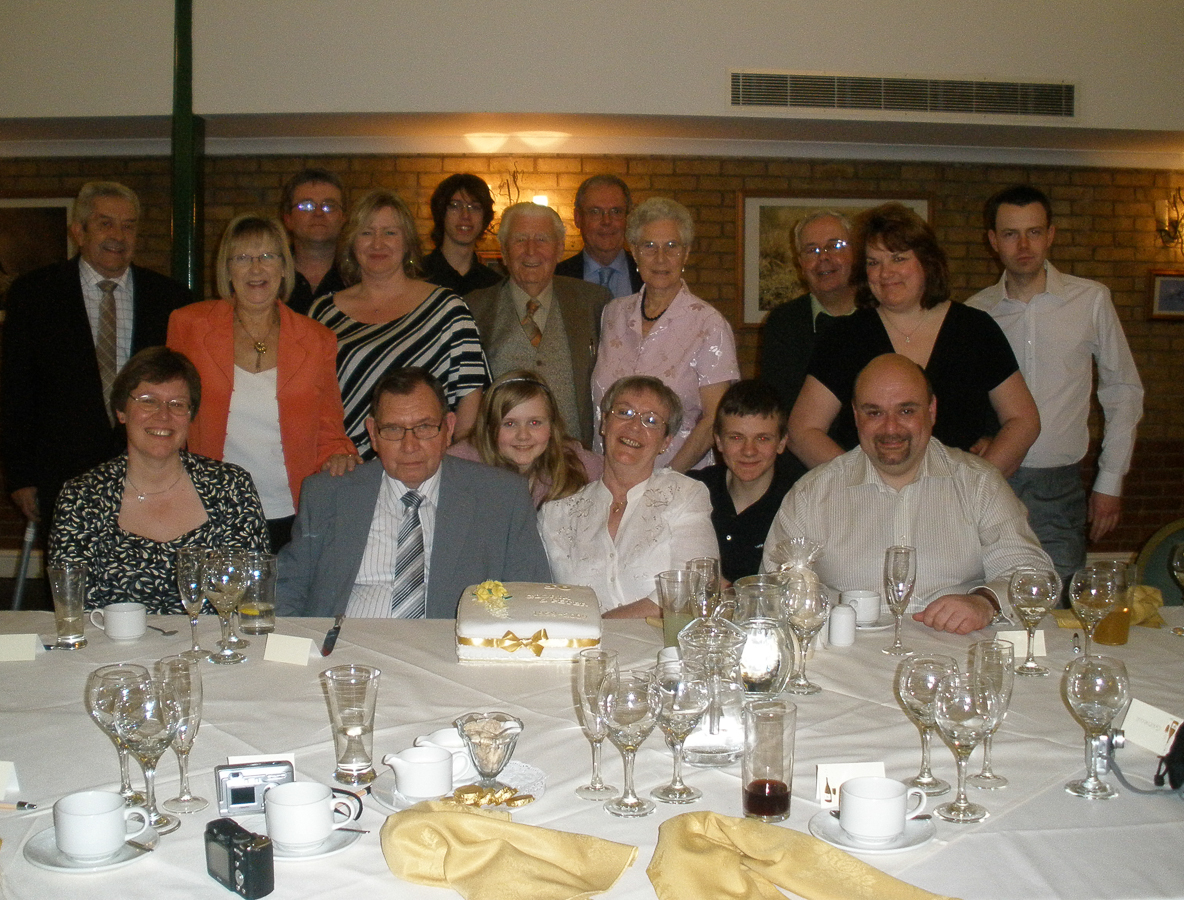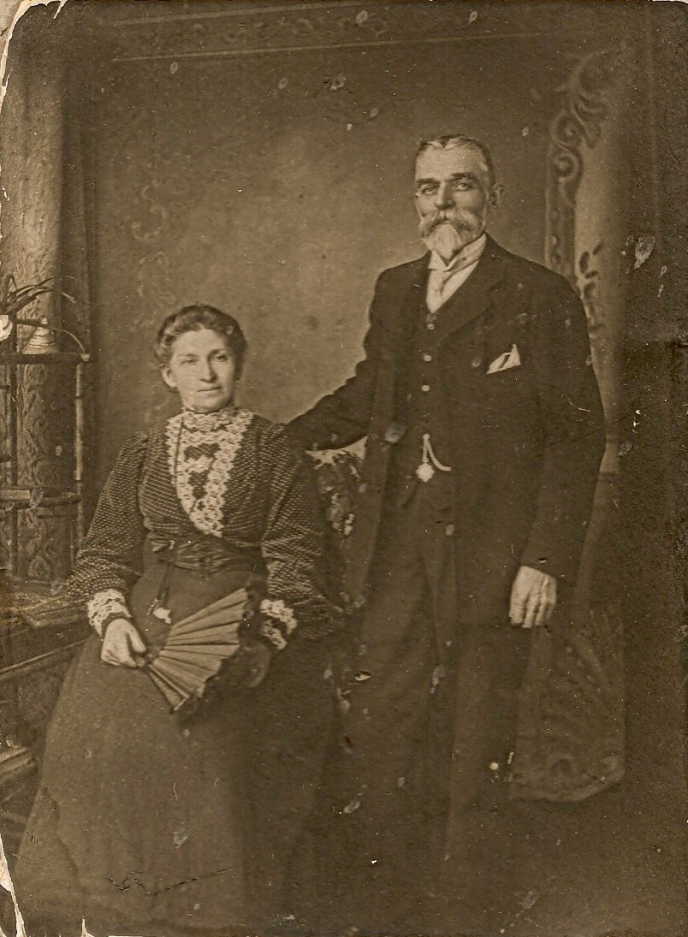Carolingian dynasty
Carloman (between 706 and 716 – 17 August 754) was the eldest son of Charles Martel, majordomo or mayor of the palace and duke of the Franks, and his wife Chrotrud of Treves. On Charles's death (741), Carloman and his brother Pepin the Short succeeded to their father's legal positions, Carloman in Austrasia, and Pepin in Neustria. He was a member of the family later called the Carolingians and it can be argued that he was instrumental in consolidating their power at the expense of the ruling Merovingian kings of the Franks. He withdrew from public life in 747 to take up the monastic habit, "the first of a new type of saintly king," according to Norman Cantor, "more interested in religious devotion than royal power, who frequently appeared in the following three centuries and who was an indication of the growing impact of Christian piety on Germanic society".
In 678, Neustria, under Mayor Ebroin, subdued the Austrasians for the last time. Ebroin was murdered in 680. In 687, Pippin of Herstal, mayor of the palace of the King of Austrasia, defeated the Neustrians at Tertry. Neustria's mayor Berchar was assassinated shortly afterwards and following a marriage alliance between Pippin's son Drogo and Berthal's widow, Pippin became mayor of the Neustrian palace.
Pippin's descendants, the Carolingians, continued to rule the two realms as mayors. With Pope Stephen II's blessing, after 751 the Carolingian Pippin the Short, formally deposed the Merovingians and took control of the empire, he and his descendants ruling as kings.
Neustria, Austrasia, and Burgundy then became united under one authority and, although it would split once again into various eastern and western divisions, the names "Neustria" and "Austrasia" gradually disappeared.
An alternative story about Pepin II De Heristal found on Ancestry and submitted by
pin (also Pippin, Pipin, or Peppin) of Herstal, or Heristal, (635/45 – 16 December 714) was the Mayor of the Palace of Austrasia from 680 to his death and of Neustria and Burgundy from 687 to 695. He was also the first mayor of the palace to "reign" as Duke and Prince of the Franks and he by far overshadowed the Merovingian rois fainéants.
Pepin, sometimes called Pepin II and Pepin the Middle was the grandson and namesake of Pepin I the Elder by the marriage of Pepin I's daughter Begga and Ansegisel, son of Arnulf of Metz. That marriage united the two houses of the Pippinids and the Arnulfings which created what would be called the Carolingian dynasty. Pepin II was probably born in Herstal (Héristal), modern Belgium (where his centre of power lay), whence his byname (sometimes "of Heristal").
As mayor of Austrasia, Pepin and Martin, the duke of Laon, fought the Neustrian mayor Ebroin, who had designs on all Francia. Ebroin defeated the Austrasians at Lucofao (Bois-du-Fay, near Laon) and came close to uniting all the Franks under his rule; however, he was assassinated in 681, the victim of a combined attack by his numerous enemies. Pepin immediately made peace with his successor, Waratton.
However, Waratton's successor, Berthar, and the Neustrian king Theuderic III, who, since 679, was nominal king of all the Franks, made war on Austrasia. The king and his mayor were decisively defeated at the Battle of Tertry (Textrice) in the Vermandois in 687. Berthar and Theuderic withdrew themselves to Paris, where Pepin followed and eventually forced on them a peace treaty with the condition that Berthar leave his office. Pepin was created mayor in all three Frankish kingdoms (Austrasia, Neustria, and Burgundy) and began calling himself Duke and Prince of the Franks (dux et princeps Francorum). In the ensuing quarrels, Berthar killed his mother-in-law Ansfled and fled. His wife Anstrude married Pepin's eldest son Drogo, Duke of Champagne, and Pepin's place in Neustria was secured.
Over the next several years, Pepin subdued the Alemanni, Frisians, and Franconians, bringing them within the Frankish sphere of influence. He also began the evangelisation of Germany. In 695, he placed Drogo in the Burgundian mayorship and his other son, Grimoald, in the Neustrian one.
St Hubert of Liège offers his services to Pepin of Heristal.
Around 670, Pepin had married Plectrude, who had inherited substantial estates in the Moselle region. She was the mother of Drogo of Champagne and Grimoald, both of whom died before their father. However, Pepin also had a mistress named Alpaida (or Chalpaida) who bore him two more sons: Charles and Childebrand. Just before Pepin's death, Plectrude convinced him to disinherit his bastards in favour of his grandson, Theudoald, the son of Grimoald, who was still young (and amenable to Plectrude's control). Pepin died suddenly at an old age on 16 December 714, at Jupille (in modern Belgium). His legitimate grandchildren claimed themselves to be Pepin's true successors and, with the help of Plectrude, tried to maintain the position of mayor of the palace after Pepin's death. However, Charles had gained favor among the Austrasians, primarily for his military prowess and ability to keep them well supplied with booty from his conquests. Despite the efforts of Plectrude to silence her rival's child by imprisoning him, he became the sole mayor of the palace --and de facto ruler of Francia-- after a civil war which lasted for more than three years after Pepin's death.
 Detailed map of the Carolingian Empire at its greatest extension (814) and subsequent partition of 843 (Treaty of Verdun). <<>> By Droysen/Andrée; G.Kaufmann rev. - Main map from plate 21 of Professor Johann Gustav Droysen's Allgemeiner Historischer Handatlas, published by R. Andrée., Public Domain, https://commons.wikimedia.org/w/index.php?curid=16902372
Detailed map of the Carolingian Empire at its greatest extension (814) and subsequent partition of 843 (Treaty of Verdun). <<>> By Droysen/Andrée; G.Kaufmann rev. - Main map from plate 21 of Professor Johann Gustav Droysen's Allgemeiner Historischer Handatlas, published by R. Andrée., Public Domain, https://commons.wikimedia.org/w/index.php?curid=16902372
 France in the Carolingian Empire 843 to 888 <> By William Robert Shepherd - http://www.lib.utexas.edu/maps/historical/shepherd/carolingian_empire_843_888.jpg, Public Domain, https://commons.wikimedia.org/w/index.php?curid=2667053
France in the Carolingian Empire 843 to 888 <> By William Robert Shepherd - http://www.lib.utexas.edu/maps/historical/shepherd/carolingian_empire_843_888.jpg, Public Domain, https://commons.wikimedia.org/w/index.php?curid=2667053

